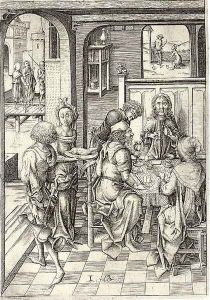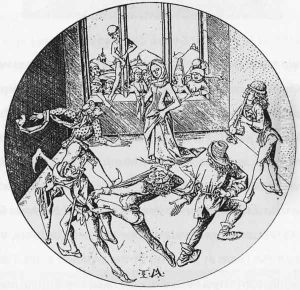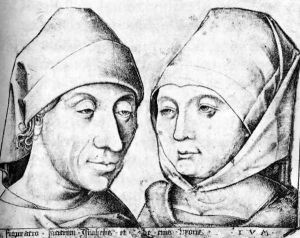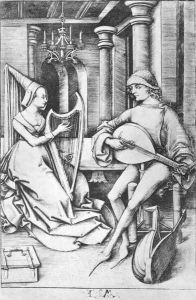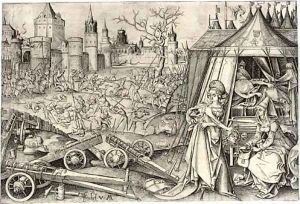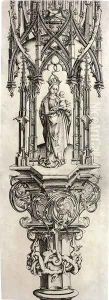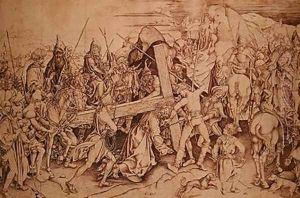Israhel van, the Younger Meckenem Paintings
Israhel van Meckenem the Younger, also known as Israel van Meckenem, was a German printmaker and engraver, born around 1445 in the town of Meckenem, which is now in modern-day Germany. He was one of the most prolific and important printmakers of the late 15th century and is often cited as playing a crucial role in the development of the printmaking art form in Europe.
Israhel van Meckenem the Younger was likely trained by his father, Israhel van Meckenem the Elder, who was also an engraver. He was active primarily in the city of Bocholt, and he inherited his father's workshop. He married Ida, the daughter of the engraver Master Heinrich, and she worked alongside him, possibly also as a printmaker. Together, they ran a successful workshop and produced a vast oeuvre, with Israhel credited with over 600 plates, which ranged from religious and mythological subjects to genre scenes and portraits, reflecting a wide array of interests and audiences.
His work was heavily influenced by the Master E.S. and Martin Schongauer, and he often copied or adapted the work of his contemporaries, which was a common practice at the time. However, van Meckenem was also an innovator and is credited with introducing various technical improvements to the engraving process. He was known for his fine detailing and the elaborate patterns he used to build up textures and tones in his prints, which gave them a distinctive visual richness.
Israhel van Meckenem the Younger died in 1503 in Bocholt. His prints continued to be collected and admired after his death, and his legacy is that of a master engraver who contributed significantly to the evolution of the printmaking medium. His works are held in various museum collections around the world and continue to be the subject of scholarly study.
